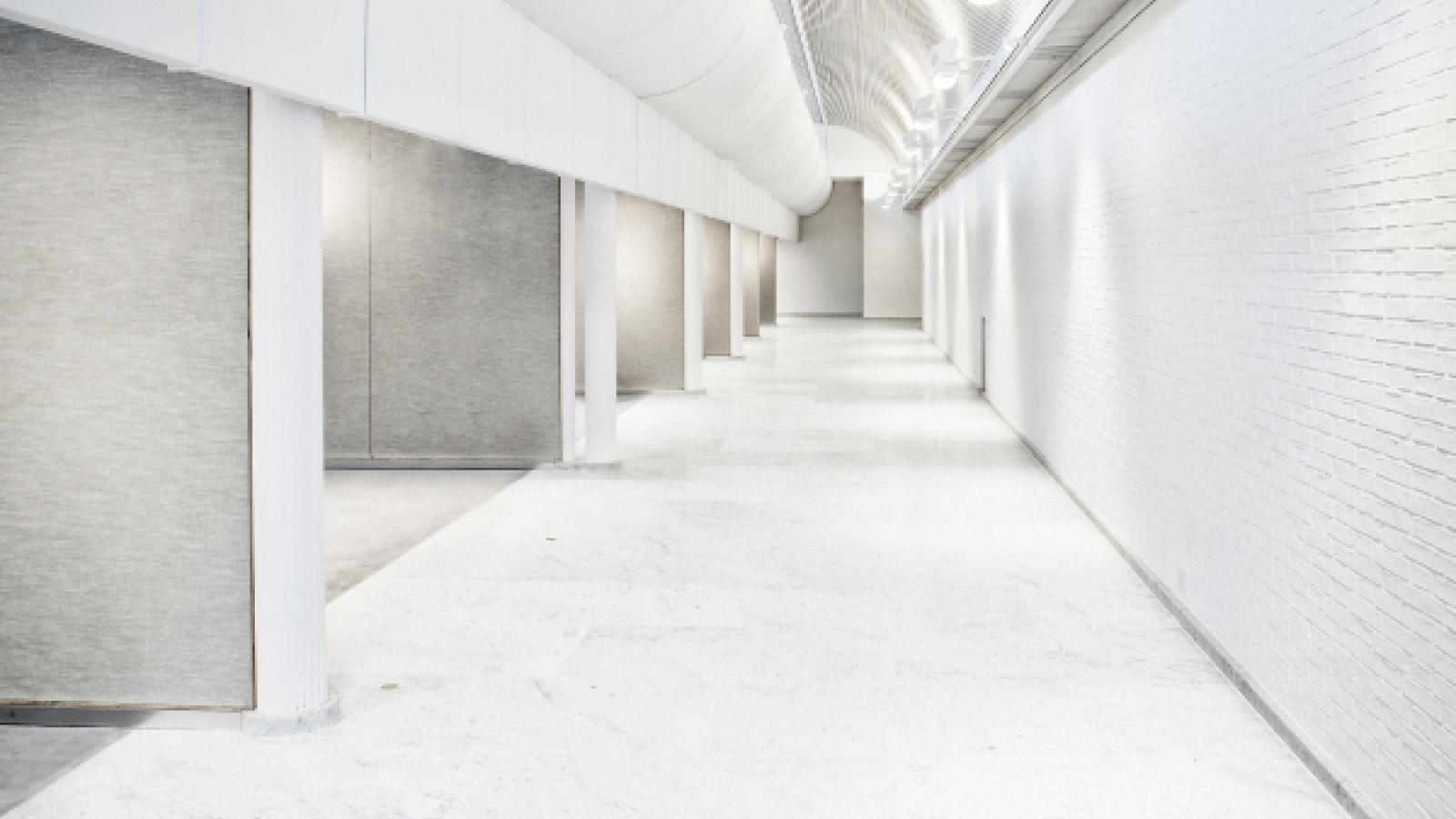
Architecture and Light
In 1972, the new art museum, provided North Jutland not only with a new building but also with a piece of world-class architecture, in which light plays a very special role.
Light at the Centre
One of the features, for which the Museum is famous, is the dramatic way in which light enters the building. Aalto paid great attention to daylight and the way it was reflected down onto the artworks via windows and skylights.
“What acoustics are to a concert hall, light is for an art museum.” Such was the heading the three architects gave to their proposal, which in 1958 won them the task of designing the Museum. Entering the Museum, you immediately discover how light interacts with the artworks, the interior, the décor and the environment outside.
Natural Light in the Galleries
Wherever possible, the exhibition galleries in the Museum are illuminated by natural light: indirect light – so the direct UV rays do not harm the artworks. The entire building is constructed to ensure the gentle dispersion of light. Try looking up in the galleries with skylights and see how the daylight is drawn in through the skylights, framing the curved ceiling structures to prevent sharp, direct light from hitting the artworks.
Artificial Light as a Supplement
The daylight is supplemented by artificial light sources, for both sensory and simply practical reasons. It should also be possible to enjoy the artworks on a dark November day. But the artificial light sources do more than simply light up dark spaces. They are located with the greatest precision, so they also make the natural light more diffuse when it enters the space.
Interior Details Support Light
All interior details and all materials in Kunsten were selected to underpin light. Note, for example, how the light is reflected in the polished marble surfaces of the floors. The Museum’s lamps were also designed by Aalto or Baruël. The lamps are stylistically very diverse, but all were designed to emit a diffuse, gentle light. An excellent example is the standard lamp in the Library, which releases diffuse light through its white slats.